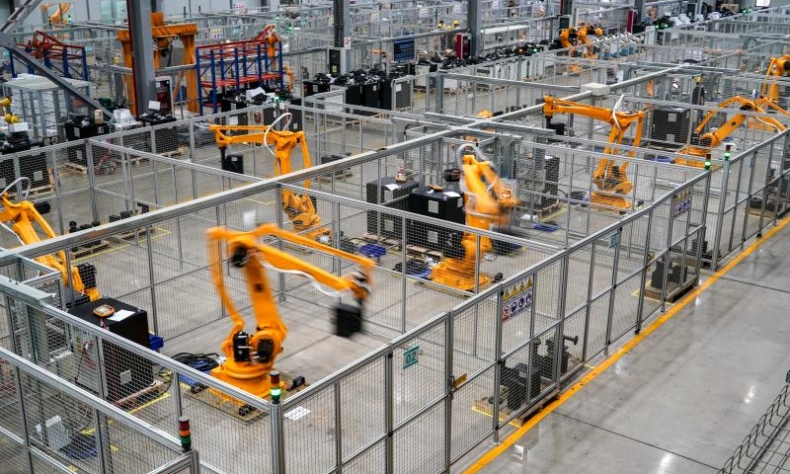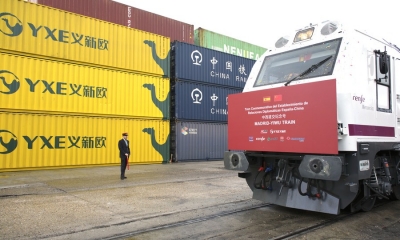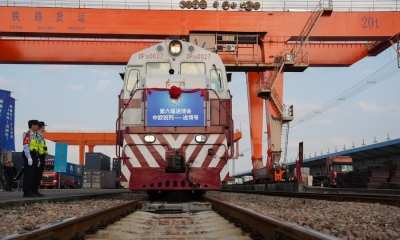Economic Data Demonstrates China’s Continued Resilience

On the current trajectory, China will most likely go on to end the year in a better condition than what is currently anticipated, which will see a surge in exports and manufacturing, combined with getting energy prices under control.
On Monday, China released a swathe of economic data for October, surpassing expectations by economists. Its retail sales had grown by 4.9% year on year compared to an estimated 3.5%, while industrial production increased by 3.5%, up 0.4% from the previous month and an improvement on the prediction of 3.1%. Finally, fixed asset investment grew by 6.1%, which is relatively consistent with the estimated 6.2% but short of the forecasted 7.3%.
The data demonstrates the continued resilience of the Chinese economy and its ability to face challenges, especially in regard to the keystones of growth: manufacturing, exports, and consumption.
Throughout the month of October, much was made of a global commodity crisis, which caused the price of coal to surge. That led to a ripple effect on China’s power supply and caused some factories to shut down due to their enormous energy requirements to fulfill production. Despite challenges, China brought the commodity crisis under control very fast.
By adopting a series of measures, the country dramatically increased its supply and local capacity, punished rumor mongers who were artificially driving prices up for profits, and coordinated price controls. The result is that in the space of a month, state planners had brought the energy problem under control and offset the damage to the industry, allowing growth – which has also been buoyed by strong demand overseas – to recuperate. This proves that it continues to have one of the most resilient and reliable supply chains.

Moreover, China’s consumption was also up faster than expected, demonstrating the success of its pandemic prevention and control. There has been a growing debate in the West surrounding China’s COVID-19 prevention and control policy, arguing that it will ultimately be detrimental to growth and consumption.
However, there is no evidence to prove this. China has been able to save lives and offset economic damage through fast, targeted, and localized measures, keeping disruption to a minimum. This has allowed the public to remain broadly confident in their economic and spending activities, as opposed to the constant hesitation, uncertainty, and doubt in some Western countries regarding whether life will return to normal.
Therefore, China’s growth in retail sales was better than anticipated, and its pandemic prevention and control measures for small outbreaks are far more advantageous than long periods of restrictions, or alternatively, doing nothing. In contrast, deaths in the U.S. now amount to over 750,000.
Moving beyond the pandemic, it should be noted that during last week’s Singles Day shopping spree, e-commerce giants Alibaba and JD smashed their own records, reeling in $139 billion of sales and once again demonstrating continued growth in China’s consumption.
On the current trajectory, China will most likely go on to end the year in a better condition than what is currently anticipated, which will see a surge in exports and manufacturing, combined with getting energy prices under control.
Despite the overall stability, there remain uncertainties internationally and domestically. The country has to do everything it takes to defeat the virus while making stronger efforts to keep its economy recovering steadily.
 Facebook
Facebook
 Twitter
Twitter
 Linkedin
Linkedin
 Google +
Google +







